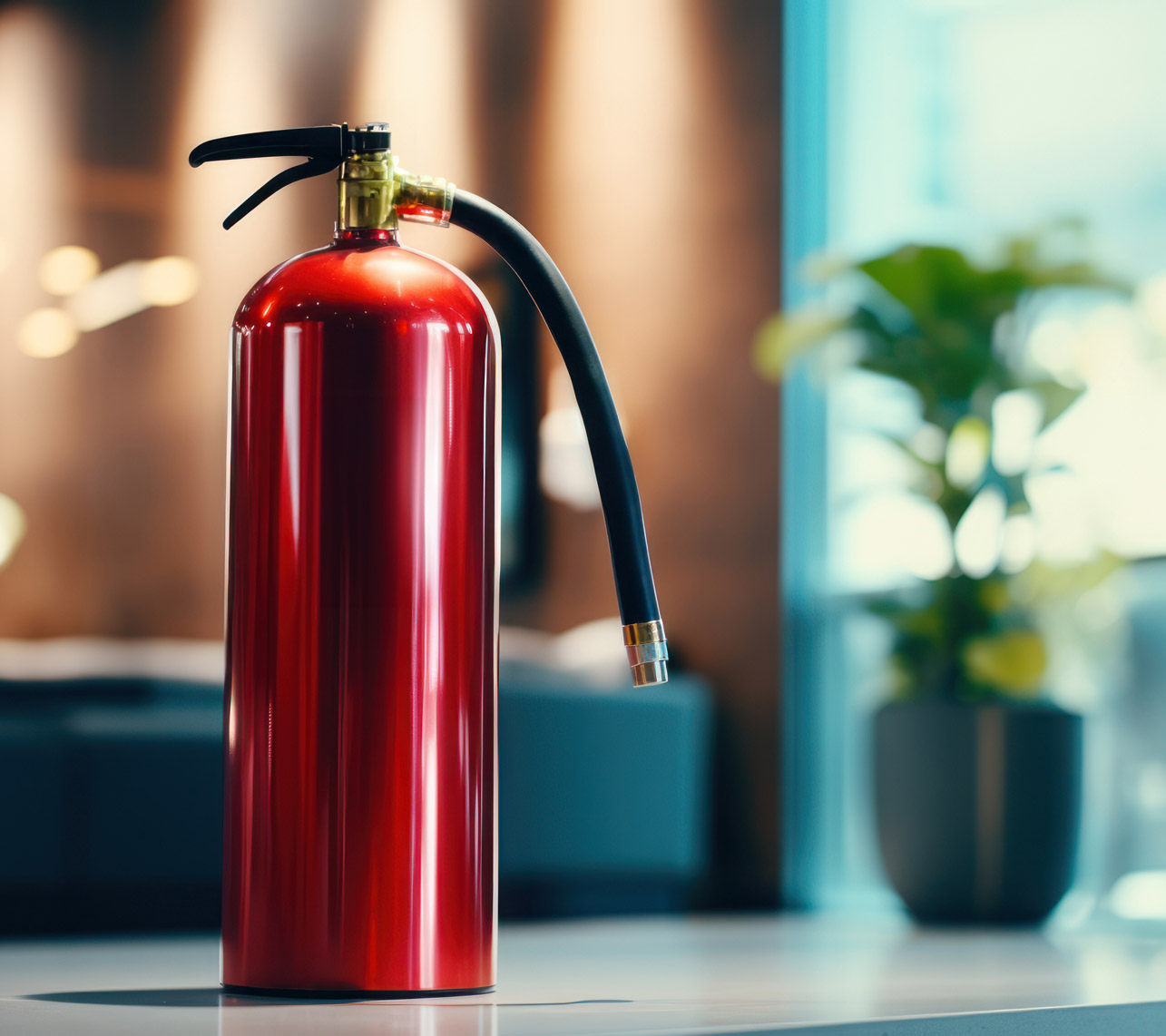
In Australia, where bushfires and industrial accidents pose significant risks, the importance of comprehensive fire safety training cannot be overstated. By implementing robust fire safety training programs, organisations not only comply with legal requirements and fulfil their duty of care but also equip employees with life-saving knowledge and skills. Effective training teaches crucial techniques, such as the proper use of fire extinguishers, evacuation procedures, and how to assist others during an emergency, potentially saving lives and minimising property damage in the event of a fire.
The advent of VR fire safety training has revolutionised how organisations prepare for these emergencies, offering unique benefits that enhance traditional training methods. VR creates immersive, realistic fire scenarios, allowing employees to practise responses in a safe, controlled environment. This engaging approach leads to improved knowledge retention compared to conventional training techniques. VR training ensures consistent quality across all sessions, regardless of location or trainer, and can be easily scaled to accommodate large numbers of employees.
Additionally, advanced analytics in VR training enable detailed tracking of individual and team performance, facilitating targeted improvements. By embracing VR fire safety training, businesses can create a safer work environment, enhance emergency preparedness, and ultimately save lives and valuable resources, making it an essential investment for every Australian workplace.
Ways to evaluate the effectiveness of VR training for fire safety
As organisations increasingly adopt VR training for fire safety, it’s crucial to assess its impact and effectiveness. Evaluating the outcomes of this innovative training method ensures that it meets your safety objectives and provides a tangible return on investment. By employing a combination of quantitative and qualitative assessment techniques, you can gain comprehensive insights into the efficacy of your VR training program.
Participant engagement metrics
Virtual reality platforms offer detailed analytics on user engagement. Track metrics such as completion rates, time spent in various scenarios, and repeat attempts. High engagement levels often correlate with better knowledge retention and skill development. Analyse these metrics to identify areas of the training that captivate participants and those that may need improvement.
Pre and post-training assessments
Conduct evaluations before and after the VR training. These assessments should cover theoretical knowledge and practical application of fire safety protocols. Compare the results to measure the direct impact of the VR training on participants’ understanding and decision-making skills. Look for significant improvements in areas specifically addressed by the virtual scenarios.
Real-world simulation performance
Organise drills or simulations after the VR training. Observe how participants apply the skills learned in virtual environments to real-life scenarios. Evaluate their response times, adherence to safety protocols, and overall effectiveness in managing the simulated emergency. This assessment provides valuable insights into the transfer of VR-acquired skills to actual situations.
Participant feedback and surveys
Gather qualitative data through feedback forms and surveys. Ask participants about their experience with the VR training, including its realism, relevance to their work environment, and perceived effectiveness. Use open-ended questions to uncover insights that quantitative metrics might miss. This feedback is invaluable for the continuous improvement of the VR training program.
Comparative analysis with traditional training
If possible, conduct a controlled study comparing VR fire safety training with traditional fire emergency training methods. Divide participants into groups, providing VR training to one and conventional training to another. Compare performance metrics, knowledge retention, and confidence levels between the groups to quantify the added value of VR training in your organisation.
Incident rate and severity tracking
Monitor workplace fire-related incidents and near-misses over time. While not a direct measure of training effectiveness, a reduction in the frequency and severity of fire-related events can indicate improved awareness and preparedness among employees. Analyse this data in conjunction with VR training implementation to assess its real-world impact on organisational safety.
What makes Pre-EMPT the right choice for your fire safety training?
Pre-EMPT is at the forefront of workplace emergency preparedness, offering cutting-edge workplace emergency management and preparedness training solutions. Our expertise in pre-emergency planning and training ensures that your organisation receives the most effective and engaging learning experience possible.
By choosing Pre-EMPT, you’re not just investing in training; you’re partnering with a leader in workplace emergency preparedness. Our holistic approach ensures that your employees are not only trained but also truly prepared to handle any fire emergency with confidence and skill.
FAQs

Is VR training for fire safety suitable for all types of workplaces?
Yes, VR training can be adapted to suit various workplace environments. At Pre-EMPT, we customise our VR scenarios to reflect your specific workplace layout, equipment, and potential hazards, ensuring relevance and maximum effectiveness for your team, regardless of your industry or workplace setting.
Can VR training replace traditional fire drills?
While VR training is highly effective, it’s designed to complement rather than replace traditional fire drills. VR training provides a safe environment to practise responses repeatedly, enhancing preparedness for real-world drills and emergencies. We recommend using both VR training and physical drills for a comprehensive fire safety program.
How often should employees undergo VR training for fire safety?
The frequency of VR training can depend on various factors, including industry regulations, workplace risks, and staff turnover. Generally, we recommend annual refresher courses, with more frequent sessions for high-risk environments or roles. Our team can help you determine the optimal training schedule for your organisation.


